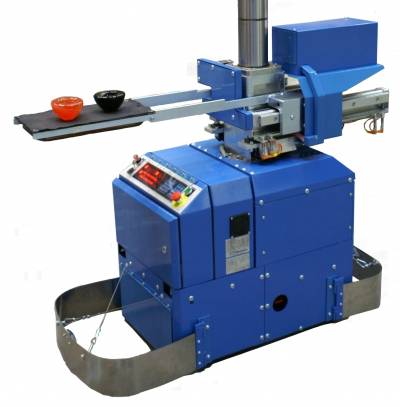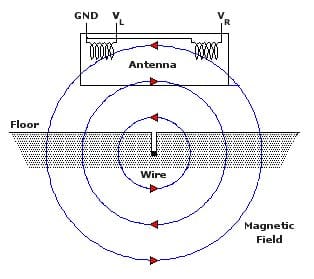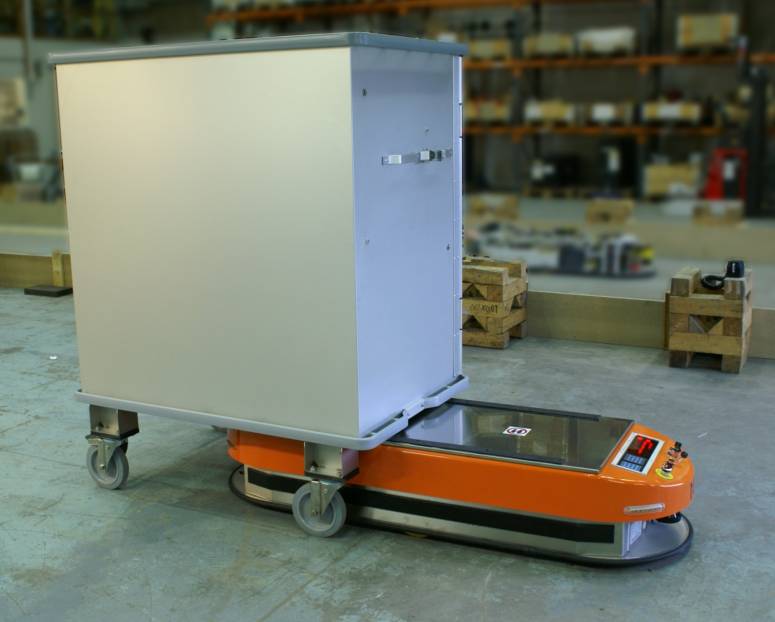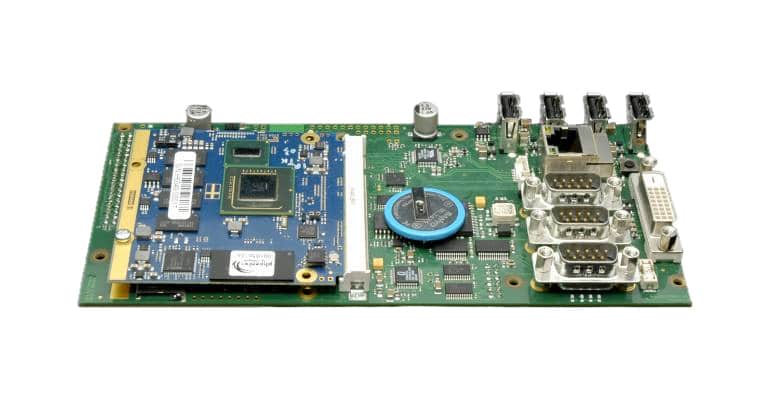Unmanned transportation improves production of glass and steel


Glass products need to be cooled slowly for maximum material quality in the finished product. An AGV brings hot items to the cooling oven tirelessly, 24 hours a day and 7 days a week at Orrefors Kosta Boda AB in Sweden.

Inductive guidance uses a two coil antenna on the vehicle and the magnetic field from an electrical wire in the floor for controlled navigation along paths in production facilities.

AGVs for use in hospitals are designed to be easily cleaned and disinfected to avoid spreading of disease among patients and personnel. This vehicle will carry wagons with food, laundry and medicines at a hospital in Bergamo, Italy.

The new generation computer platform developed by Hectronic for AGV Electronics is a semi-custom design based on the Hectronic H6049 COM module with Intel® Atom™. Additional functionality such as CAN, HD audio, DVI and 4 USB ports are placed on the carrier board. 6 UARTs and access to a dual port RAM is realized in an FPGA.
The module and carrier board are mounted on an interface board developed by AGV Electronics. The three boards together are labeled CB80 by AGV Electronics. CB80 is fully compatible with the predecessor CB40 and older AGVs are thereby easily updated to the latest platform.